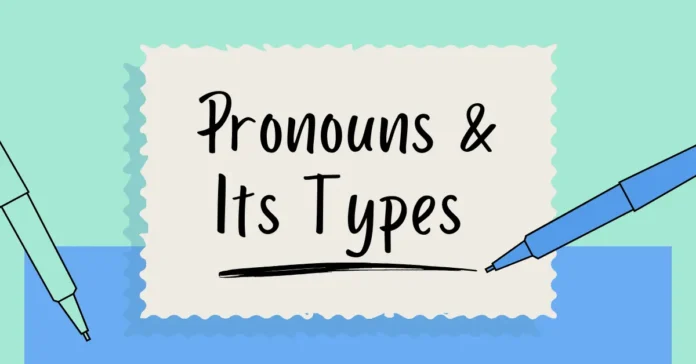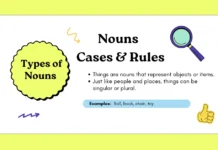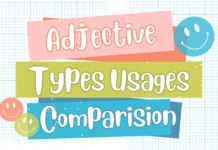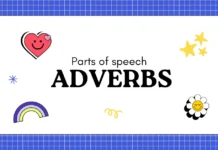Introduction of Pronouns:
Pronouns are words that are used to replace nouns in a sentence. They are essential in making our sentences shorter and more concise. In simple words, they help us avoid the repetition of the same noun over and over again in a sentence. Pronouns can refer to people, places, things, or ideas. For example, instead of saying “John went to John’s office to get John’s laptop,” we can say “John went to his office to get his laptop.” This sentence is shorter and clearer because we used pronouns instead of repeating “John” and “John’s” multiple times.
Types of pronouns
There are several types of pronouns, including personal pronouns, possessive pronouns, reflexive pronouns, relative pronouns, and demonstrative pronouns. Here are some examples of each type:
Personal Pronouns:
Personal pronouns are used to refer to specific people or things. They can be subject pronouns (used as the subject of a sentence) or object pronouns (used as the object of a verb or preposition).
- Subject Pronouns: I, you, he, she, it, we, they
- Object Pronouns: me, you, him, her, it, us, them
Possessive Pronouns:
Possessive pronouns show ownership or possession of something. They can be used in place of possessive nouns.
- Mine, yours, his, hers, its, ours, theirs
Reflexive Pronouns:
Reflexive pronouns refer back to the subject of the sentence and are used to show that the subject is performing the action on itself.
- Myself, yourself, himself, herself, itself, ourselves, themselves
Relative Pronouns:
Relative pronouns are used to connect a dependent clause to an independent clause. They can be used to introduce additional information about a noun or pronoun.
- Who, whom, whose, which, that
Demonstrative Pronouns:
Demonstrative pronouns are used to point to specific people or things.
- This, that, these, those
Kinds of Pronouns with Examples on each of them:
As mentioned above, there are several types of pronouns. Here are some more examples of each type:
Personal Pronouns:
- Subject Pronouns: He, she, they, we, it
- Object Pronouns: Him, her, them, us, it
Possessive Pronouns:
- Mine, yours, his, hers, its, ours, theirs, whose
Reflexive Pronouns:
- Myself, yourself, himself, herself, itself, ourselves, themselves
Relative Pronouns:
- Who, whom, whose, which, that, where, when, why
Demonstrative Pronouns:
- This, that, these, those
Some important facts about pronouns:
- A pronoun is a word that is used in place of a noun or noun phrase.
- Pronouns can take the place of subjects, objects, possessive nouns, and reflexive nouns.
- Some common pronouns include he, she, it, they, we, him, her, them, us, myself, yourself, and themselves.
- Pronouns can be classified into several categories, including personal, possessive, reflexive, relative, interrogative, and demonstrative pronouns.
- Personal pronouns are used to refer to specific people or things, while
- possessive pronouns indicate ownership.
- Reflexive pronouns are used to refer back to the subject of a sentence, while
- relative pronouns connect one idea to another.
- Interrogative pronouns are used to ask questions, and demonstrative pronouns
- point out specific people or things.
- It is important to choose the correct pronoun to avoid confusion in writing and speaking.
- Pronouns can also be used for gender inclusivity, such as using “they” as a
- singular pronoun to refer to a non-binary individual.
- Finally, it is important to note that the use of pronouns can have social and political implications, and individuals should be respectful of others’ pronoun preferences.
Conclusion:
Pronouns are an essential part of the English language. They allow us to communicate more effectively by making our sentences shorter and clearer. There are several types of pronouns, including personal, possessive, reflexive, relative, and demonstrative pronouns. By using pronouns in our writing and speaking, we can make our language more concise and efficient.











